What is a generator awning?
In the world of power generation, protecting your investment goes beyond routine maintenance and proper operation. A generator awning is a specialized protective shelter designed specifically to shield your diesel generator from environmental elements that can compromise its performance and longevity. Unlike standard shelters, a generator awning is engineered to address the unique requirements of power generation equipment, providing crucial protection against weather extremes while maintaining adequate ventilation for safe operation. Understanding the importance and features of a well-designed generator awning is essential for ensuring your backup power system remains reliable when you need it most.
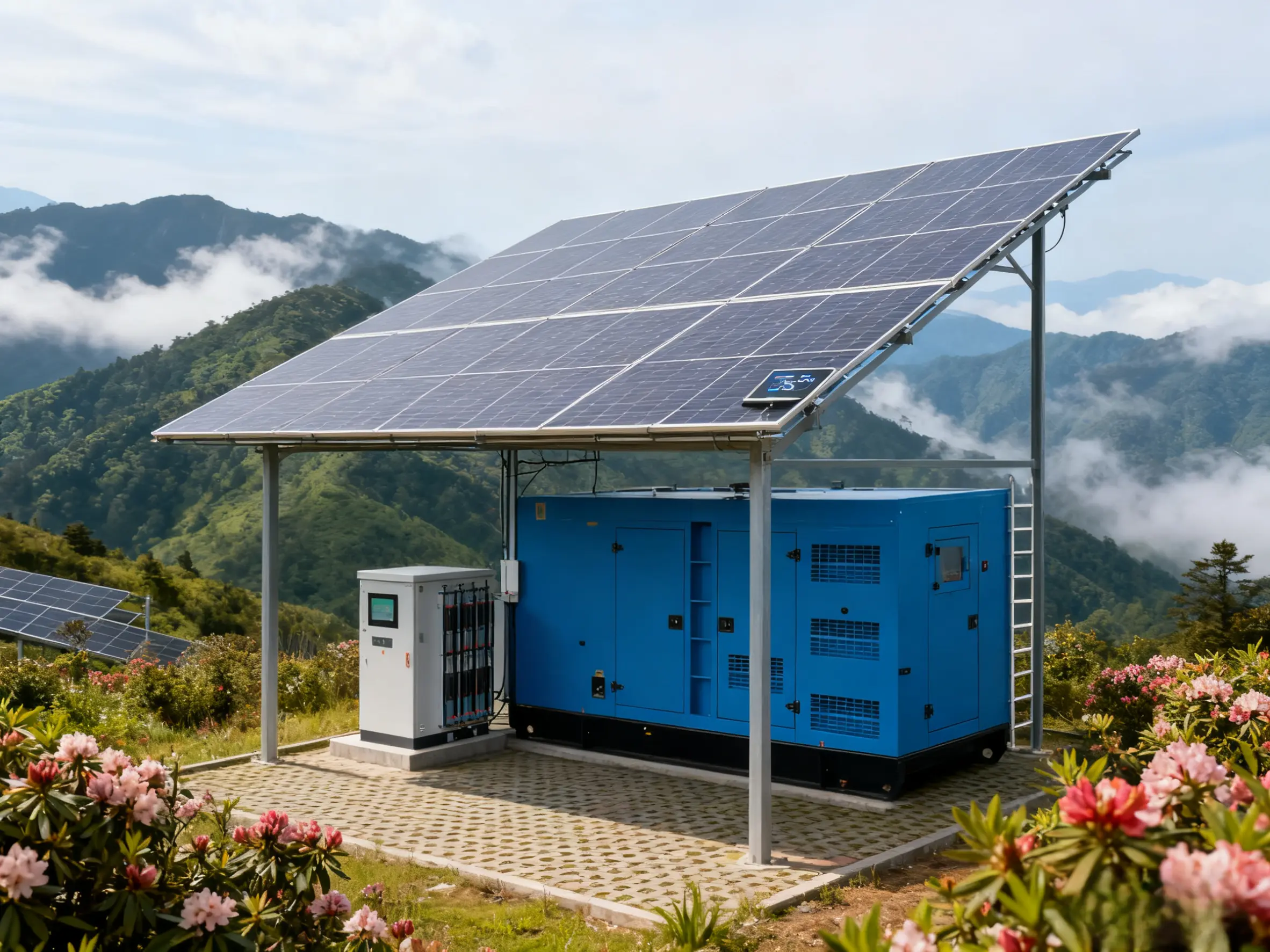
Essential Protection Purpose
A generator awning serves multiple critical functions that directly impact your generator's performance and lifespan:
Weather Protection: Shields the generator from direct sunlight, rain, snow, and hail, preventing weather-related damage and corrosion.
Temperature Management: Helps maintain optimal operating temperatures by providing shade and reducing heat buildup from solar radiation.
Debris Prevention: Creates a barrier against leaves, dust, and other airborne particles that could clog air filters or cooling systems.
UV Protection: Blocks harmful ultraviolet rays that can degrade electrical components and wiring insulation over time.
This specialized protection is particularly crucial for standby generators that may remain stationary for extended periods between uses, ensuring they're ready for immediate operation when required.
Key Design Components
A properly engineered generator awning incorporates specific elements to fulfill its protective function while maintaining generator accessibility:
Durable Frame Structure: Typically constructed from high-strength aluminum or steel alloys that provide stability and corrosion resistance. The frame must withstand environmental loads including wind, snow, and potential impact from falling debris.
Protective Canopy Material: Utilizes specialized fabrics or rigid materials that offer waterproofing, UV resistance, and tear strength. Common options include polyester coating fabrics, acrylic materials, or polycarbonate panels that provide longevity and reliable performance.
Ventilation Considerations: Incorporates design features that maintain adequate airflow around the generator to prevent overheating while still providing weather protection.
Access-Friendly Configuration: Designed with appropriate clearances and openings to allow for routine maintenance, fuel delivery, and exhaust system management without requiring awning removal.
These components work together to create a comprehensive protection system that addresses the specific needs of diesel generator installations.
Operational Advantages
Installing a generator awning delivers significant benefits that enhance overall system reliability and cost-efficiency:
Extended Equipment Lifespan: Reduces environmental wear on components, particularly electrical connections, controls, and the engine itself.
Reduced Maintenance Frequency: Protects against debris accumulation that would otherwise require more frequent filter changes and cleaning.
Improved Performance Reliability: Ensures the generator remains in optimal condition for immediate startup during power outages, regardless of weather conditions.
Enhanced Safety: Provides a dry, visible working environment for maintenance personnel and helps prevent weather-related electrical hazards.
These advantages translate directly into lower total cost of ownership and greater peace of mind regarding your power backup capabilities.
Technical Specifications
When selecting a generator awning, several technical parameters must be considered to ensure proper fit and function:
Size Requirements: The awning should provide complete coverage of the generator with additional clearance for maintenance access and proper ventilation.
Load Capacity: The structure must withstand local environmental conditions including maximum expected snow loads and wind speeds, typically rated for specific wind pressure values.
Material Specifications: Quality awnings utilize materials with proven durability, often with warranties covering 5-10 years of outdoor exposure.
Fire Resistance: Ideally incorporates flame-retardant materials, particularly important for diesel generators that operate at high temperatures.
Mounting Options: Various installation methods including freestanding designs, wall-mounted configurations, or integrated systems that work with generator enclosures.
Understanding these specifications ensures selection of an awning that provides adequate protection without compromising generator operation or accessibility.
Installation Considerations
Proper installation is crucial for maximizing the effectiveness and longevity of your generator awning:
Site Preparation: The installation area should be level and properly graded to ensure water runoff away from the generator location.
Ventilation Compliance: Maintain recommended clearances between the generator and awning surfaces to prevent airflow restriction that could lead to overheating.
Accessibility Planning: Position the awning to allow unobstructed access to all generator service points including fuel fills, filters, and maintenance panels.
Drainage Management: Ensure water runoff from the awning surface is directed away from the generator to prevent flooding or water infiltration.
Foundation Requirements: Depending on size and local conditions, some awnings may require concrete footings or specialized anchoring to withstand environmental loads.
Professional installation is recommended to address these considerations effectively and ensure optimal awning performance.
Maintenance Requirements
While a generator awning protects your generator, it also requires periodic maintenance to maintain its protective function:
Regular Inspection: Check for fabric tension, structural integrity, and signs of wear or damage at least semi-annually.
Cleaning Protocol: Remove debris accumulation and clean surfaces with appropriate cleaners to prevent material degradation.
Component Checks: Inspect fasteners, joints, and moving parts (if applicable) for corrosion or loosening that could compromise structural integrity.
Drainage Verification: Ensure gutters or runoff channels remain clear to prevent water pooling that could lead to collapse or leakage.
Proper maintenance of the awning itself ensures continued protection of your valuable generator investment.
Selection Criteria
Choosing the right generator awning involves evaluating several factors specific to your installation:
Generator Size and Configuration: Measure the complete footprint including any ancillary equipment to determine coverage requirements.
Environmental Conditions: Consider local weather patterns including typical wind directions, sun exposure, and precipitation types.
Aesthetic Considerations: While functionality is primary, many operations prefer awnings that complement existing architecture or color schemes.
Budget Constraints: Balance initial investment against long-term benefits, considering that higher-quality materials typically offer longer service life and better protection.
Regulatory Compliance: Ensure the selected awning meets any local building codes or zoning requirements that may apply to permanent outdoor structures.
Conclusion
A generator awning represents a wise investment in protecting your power generation equipment from environmental damage and performance degradation. By providing essential shelter from sun, rain, snow, and debris, a properly designed and installed awning significantly extends generator lifespan, reduces maintenance requirements, and ensures reliable operation when emergency power is needed most. The relatively modest cost of a quality generator awning pales in comparison to the expense of generator repairs or replacement necessitated by preventable weather-related damage.
Our technical team can help you select the ideal awning solution for your specific generator model and installation environment. For professional guidance on generator protection systems, contact our experts at skala@whjlmech.com.
References
Johnson, M. (2022). Emergency Power Systems: A Comprehensive Guide to High-Speed Diesel Generators. Power Engineering Quarterly, 45(3), 78-92.
Generator Manufacturers Association. (2021). Guidelines for Rating and Application of Generator Sets. GMA Technical Publication TP-101.
International Organization for Standardization. (2018). Reciprocating internal combustion engine driven generating sets — Part 1: Application, ratings and performance (ISO 8528-1:2018).
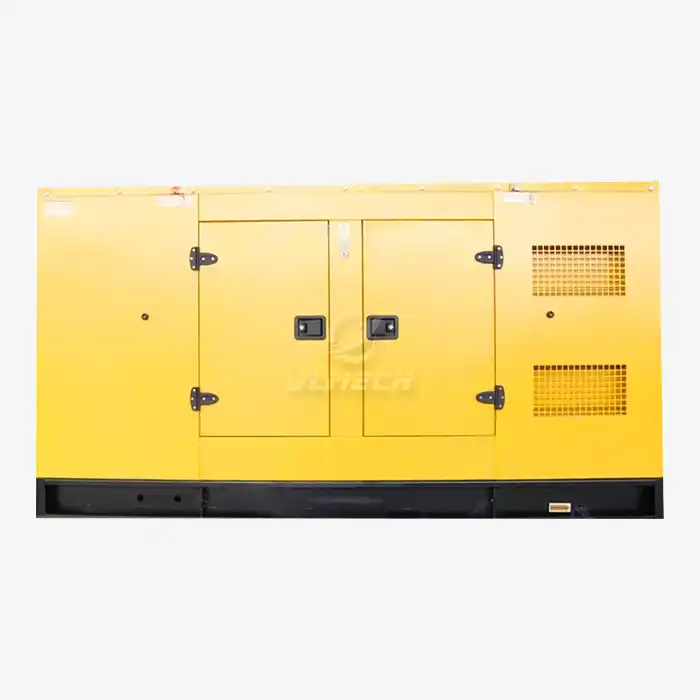 VIEW MOREHigh efficiency diesel
VIEW MOREHigh efficiency diesel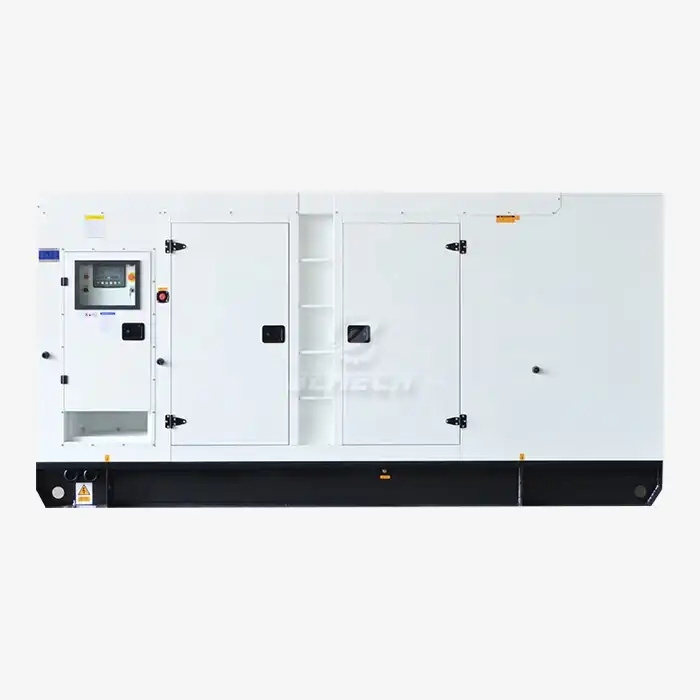 VIEW MOREOptionas Remote Control System Silent Diesel Generator
VIEW MOREOptionas Remote Control System Silent Diesel Generator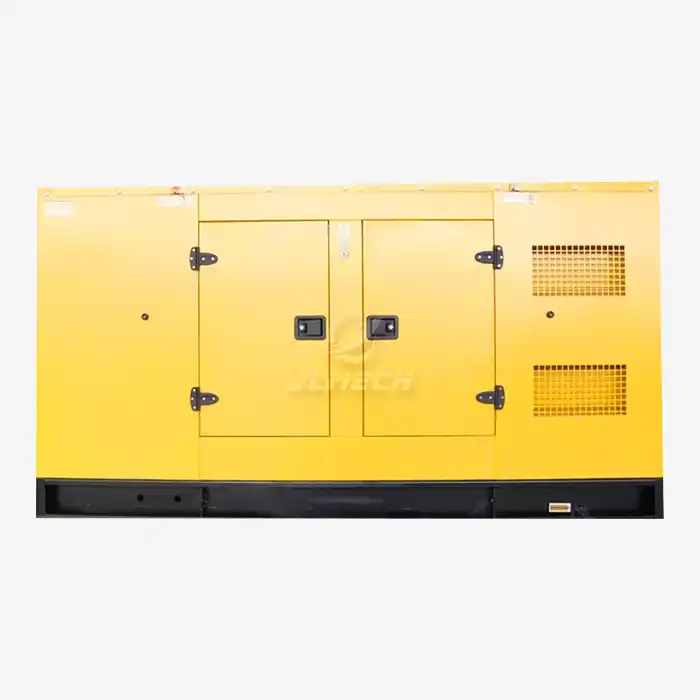 VIEW MOREIndustrial generator unit
VIEW MOREIndustrial generator unit VIEW MOREgenerator 630 kva
VIEW MOREgenerator 630 kva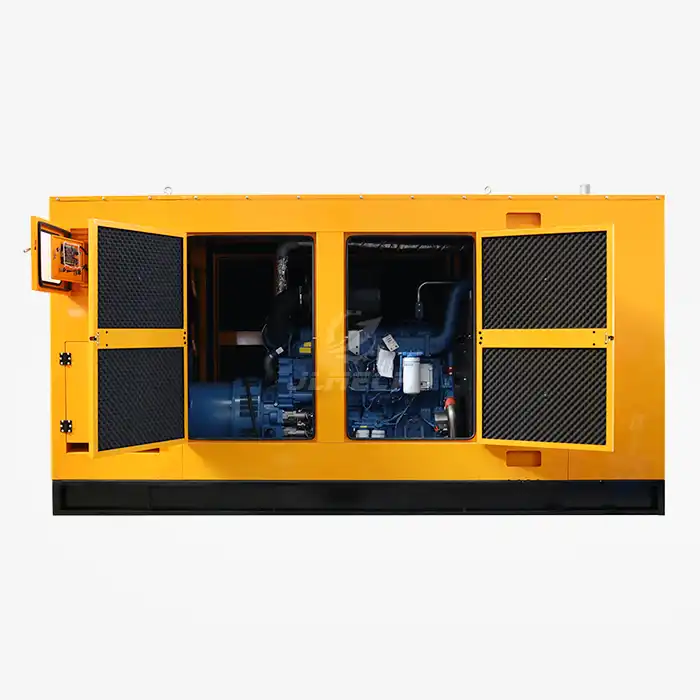 VIEW MORECustomize diesel generator set
VIEW MORECustomize diesel generator set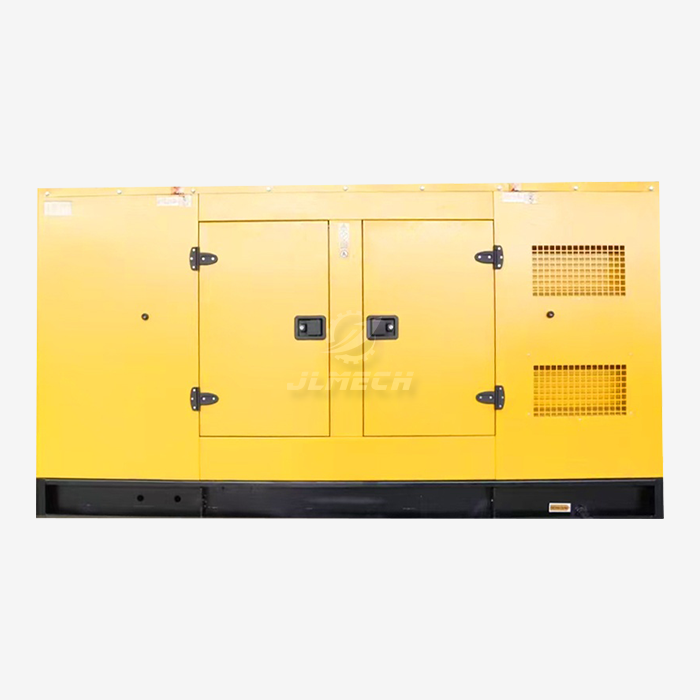 VIEW MORE150kva perkins diesel generator
VIEW MORE150kva perkins diesel generator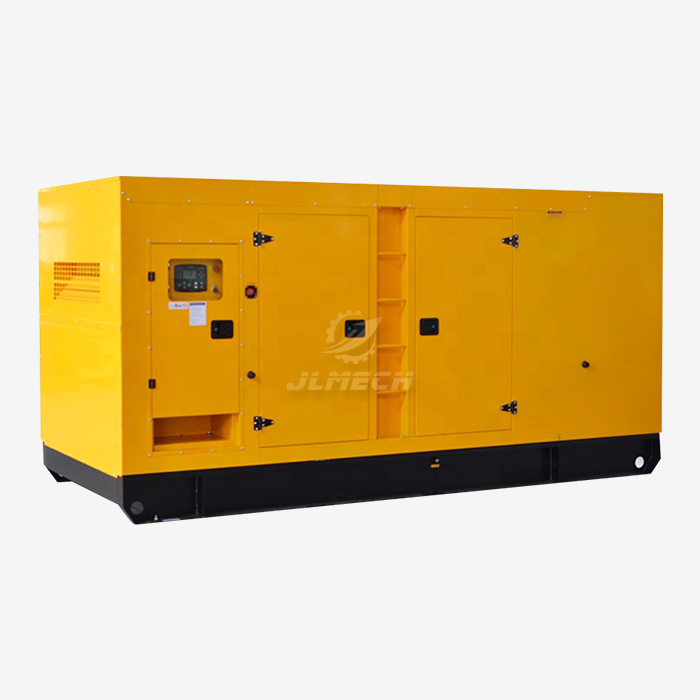 VIEW MOREVolvopenta diesel generator 100KW
VIEW MOREVolvopenta diesel generator 100KW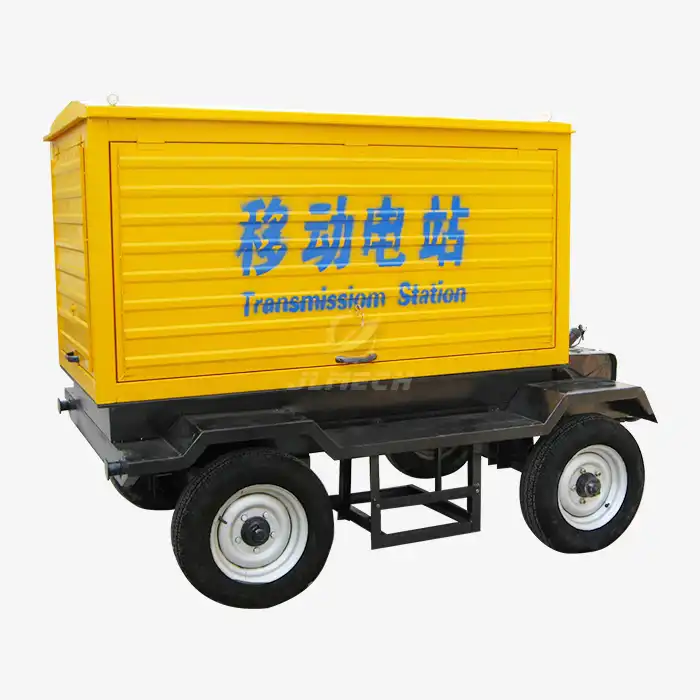 VIEW MORE30kw diesel power generator
VIEW MORE30kw diesel power generator



